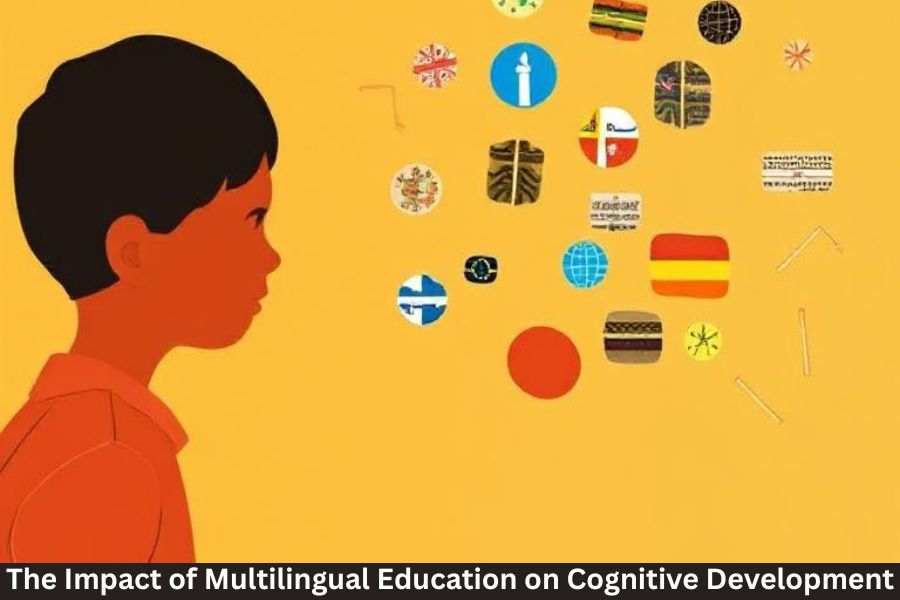In our increasingly globalized world, the ability to communicate in more than one language is a powerful skill. But multilingual education offers more than just expanded communication—it also has a profound effect on how the brain develops, processes information, and solves problems.
Research shows that learning multiple languages enhances cognitive performance in both children and adults. In this article, we explore how multilingual education influences brain function, boosts mental flexibility, and sets learners up for lifelong advantages.
What Is Multilingual Education?
Multilingual education refers to any formal or informal learning system where students are taught using two or more languages. This can include:
- Bilingual programs (e.g., Spanish-English or French-English)
- Immersion education (one subject taught in a different language)
- Trilingual systems (especially common in international schools)
- Language enrichment or dual-language classrooms
These systems aim to build proficiency in multiple languages while maintaining academic achievement across subjects.
Cognitive Benefits of Multilingual Education
1. Enhanced Executive Function
Executive function includes skills like:
- Planning
- Focusing attention
- Problem-solving
- Task switching
Multilingual learners consistently show greater executive control, meaning they’re better at juggling tasks, managing distractions, and organizing thoughts.
2. Better Memory Retention
Learning and using multiple languages strengthens working memory—the mental workspace used for learning, comprehension, and reasoning.
Why it matters: Strong working memory helps with math, reading, and processing new information quickly.
3. Improved Problem-Solving Skills
Multilingual individuals are often better at approaching problems from multiple angles, thanks to:
- Cognitive flexibility
- Exposure to different cultural frameworks
- A stronger capacity for abstract thinking
This ability to “think outside the box” is a direct result of navigating different linguistic systems.
4. Advanced Metalinguistic Awareness
This refers to the understanding of how language works—not just in terms of words and grammar, but structure, tone, and context.
Multilingual students are better at:
- Recognizing language patterns
- Understanding idioms and figurative speech
- Learning additional languages more easily
5. Heightened Attention Control
Switching between languages trains the brain to ignore irrelevant stimuli and prioritize important information, sharpening attention and reducing impulsivity.
This leads to better academic performance and improved self-regulation, even outside of language-related tasks.
Multilingualism and Brain Development: The Science
Neuroscientific research has shown that:
- Bilingual and multilingual brains develop denser gray matter in regions related to language and cognition
- Multilingual individuals have stronger neural connectivity between hemispheres
- Language switching activates the prefrontal cortex, strengthening executive control
- Even infants raised in multilingual environments show early cognitive advantages
Lifelong Cognitive Protection
One of the most remarkable findings: multilingualism may delay the onset of dementia and Alzheimer’s by 4–5 years compared to monolingual individuals.
The ongoing mental workout from using multiple languages builds what’s known as cognitive reserve, helping the brain stay sharp with age.
Social and Emotional Development Benefits
In addition to cognitive perks, multilingual education also promotes:
- Cultural empathy and awareness
- Better interpersonal communication
- Emotional intelligence through exposure to diverse viewpoints
- Confidence in self-expression and public speaking
These traits are essential for thriving in multicultural societies and workplaces.
Challenges of Multilingual Education
While the benefits are numerous, multilingual education can present challenges:
- Requires skilled teachers fluent in both language and subject matter
- Students may experience initial confusion or slower progress in early years
- Curriculum design must balance both language and content mastery
- Standardized testing can be biased toward monolingual models
However, with the right support, most students adapt quickly and thrive.
Strategies for Supporting Multilingual Learners
- Use visual aids, gestures, and modeling to aid understanding
- Incorporate peer learning and language buddy systems
- Provide repetitive exposure and real-world usage opportunities
- Encourage parental involvement, especially in heritage language development
- Use multicultural content to enhance cultural literacy and engagement
FAQs
Q1: At what age is it best to start multilingual education?
Early childhood (ages 0–7) is ideal, but learners of all ages can benefit. The younger the exposure, the easier the acquisition.
Q2: Will learning multiple languages confuse my child?
No. While some temporary mixing of languages can occur, most children naturally separate and master them over time.
Q3: Can adults still benefit cognitively from learning new languages?
Absolutely. Even in adulthood, learning a second or third language enhances brain plasticity and protects cognitive health.
Q4: Is being bilingual the same as being fluent in both languages?
Not necessarily. Bilingualism exists on a spectrum, and fluency may vary based on usage and context.
Q5: How many languages are “too many” to learn at once?
It depends on the learner and support system. With proper instruction, 2–3 languages can be learned simultaneously—especially in immersive environments.



